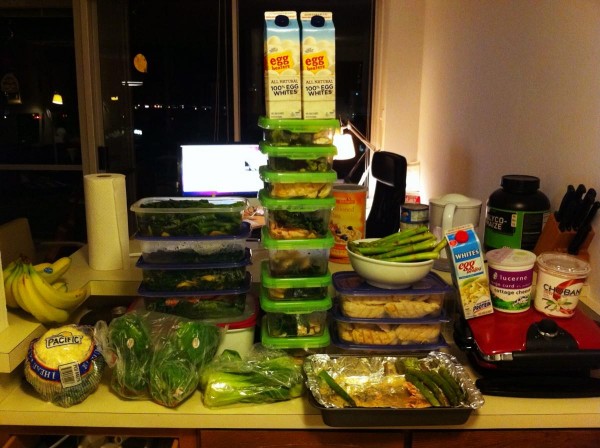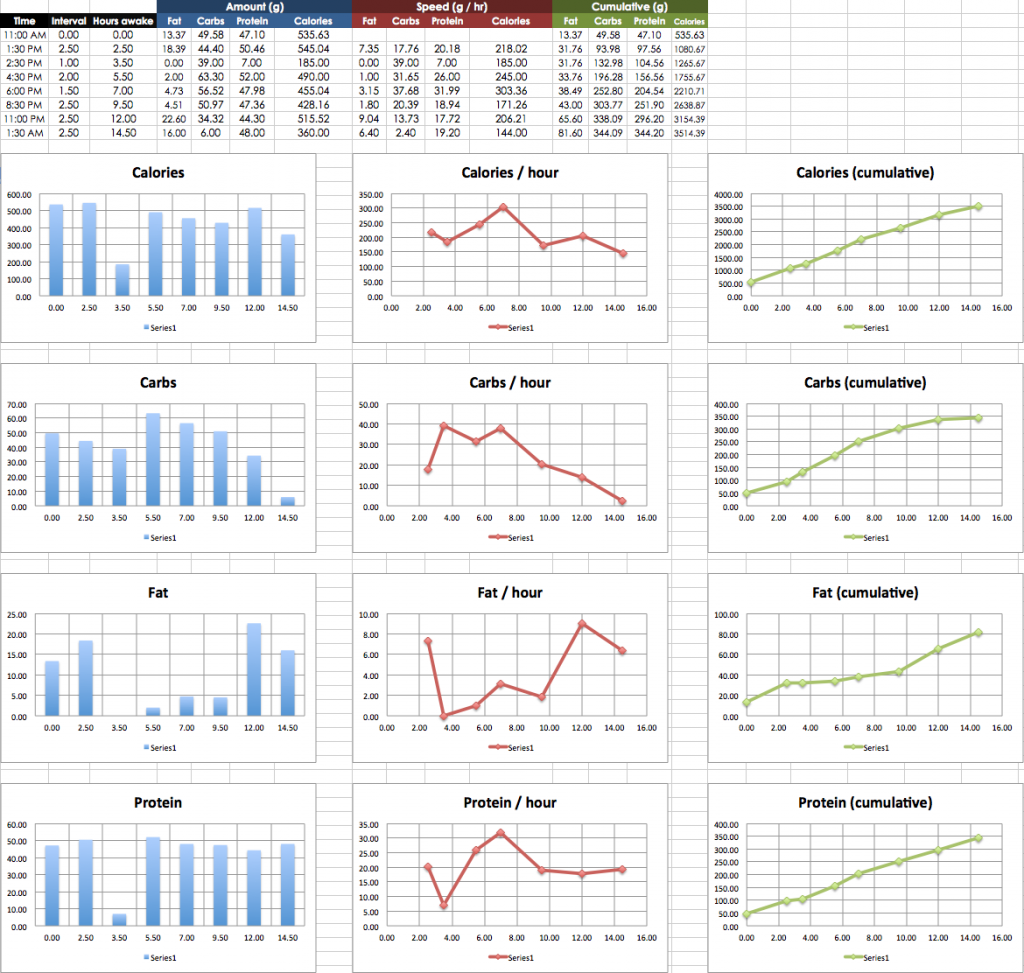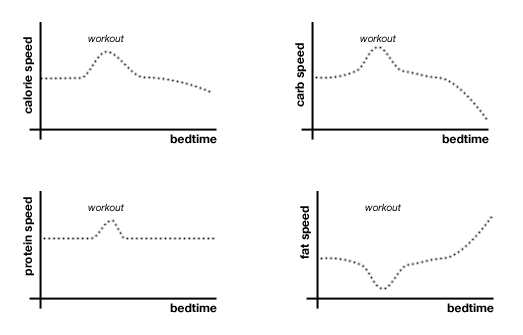Every two weeks, I used to spend an entire Sunday with a friend mass producing 30 lbs of vegetables and 20 lbs of chicken for our bodybuilding diet. Working together, it normally took us 10 hours to complete. Buying groceries, lugging it home, washing vegetables, chopping, slicing, grilling, steaming, packing, and cleaning. It was all routine by now.
All this broccoli washing and garlic peeling usually put me in a rather meditative state. While my hands were on autopilot, my mind would usually wander, exploring the outer fringes of my consciousness in search of the greater meanings of life. Cooking is quite therapeutic…like harvesting strawberries in Farmville, for those who can’t relate :)
One Sunday, I started wondering about the ROI of exercise and eating healthy. For every hour that I spent at the gym and cooking healthy, did I get that hour back as an old man? Like a prudent investor, I was beginning to worry about the return potential of my investment.
Doing some quick napkin math, I figured that one day every 2 weeks was about 7% of my life, and that perhaps that 7% had some value. If you count my friend’s life, you could say we were spending 14% of a life cooking. So we discussed what saving 7% of our lives would be worth to us. After much contemplation, we eventually arrived at a humble valuation of $200.
So I decided to try outsourcing our biweekly cookathon. With a slightly evil smile (and a muahaha), I went on TaskRabbit.com, and submitted our task with all the details of what needed to be done. I was finally beginning to internalize the principles I had learned from the dark side of business – always minimize opportunity cost, and exploit arbitrage.
Within hours, I had several bids offering to do the shopping and cooking, all for under $100! After a bit of negotiating, we ended up going with a woman with catering experience, who could do the whole thing in her kitchen for just $116.
The following Sunday, I woke up to a phone call. “Hi! I’m downstairs.” Waiting for me was the woman from TaskRabbit, and a heaping 50 lbs of food. After chatting a bit about why I needed all this food, and assuring her that I did not have 10 children to feed, I hauled it all back to my apartment and shut the door. A huge grin slowly spread across my face. It was the Sunday of my cooking ritual, and I had only spent 5 minutes.
The rest of my Sunday was spent with friends and enjoying the sun. Sometimes, with a bit of experimentation and arbitrage, you can literally buy back your life. Seven percent at a time.
—–
P.S. If you’re interested in trying TaskRabbit you can use my $10 off link.






